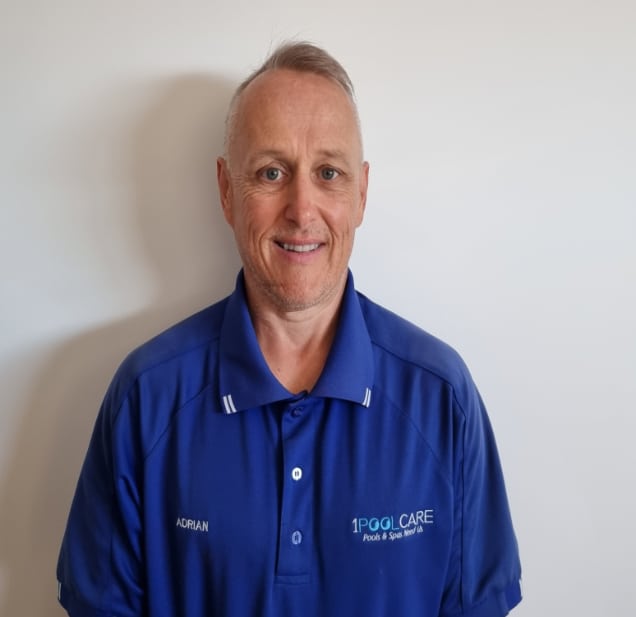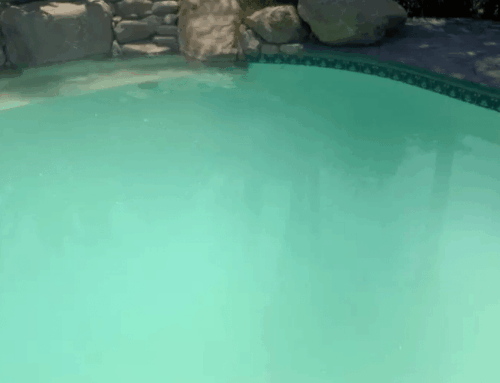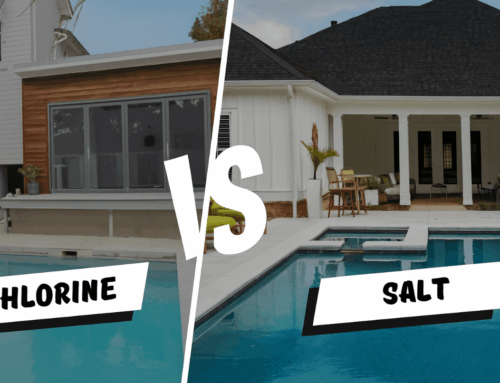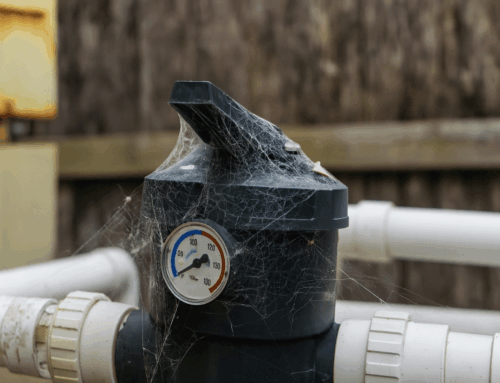A pool pump plays a critical role in maintaining clean and safe pool water. It circulates water through the filtration system, capturing debris and keeping the pool chemically balanced. Most Australian pool owners run their pump for six to eight hours daily, which quickly adds up on energy bills. In fact, pool pumps can account for nearly 18 percent of electricity use in an average household. This makes it essential to understand the power consumption and energy efficiency of different pump types.
The Energy Rating Label helps predict a pool pump’s annual running costs, making it easier to choose an energy efficient model.
Do Pool Pumps Use A Lot Of Electricity?
Yes, traditional single speed pool pumps can be surprisingly power hungry. Most single speed pool pumps operate at full power continuously, even when lower flow rates would suffice. This results in higher energy use, unnecessary costs, and more wear on the equipment. Operating a pump at lower speeds generates less heat and reduces stress on mechanical and electrical components, which can extend the pump’s lifespan.
Variable speed pumps offer a smarter alternative. They can be programmed to run at different speeds during the day, matching the filtration cycle and reducing power consumption when full speed is not needed. Some models can save up to 90 percent in electrical costs compared to older, single speed models.
How Many kW Does A Pool Pump Use?
The power consumption of a pump depends on its wattage and speed. A typical single speed pump uses between 1 and 2 kilowatts per hour. In contrast, a variable speed pump can use as little as 0.2 to 0.6 kilowatts per hour when running at lower speeds. Using a multi-speed or variable speed pool pump can save as much as 60% in energy costs by running at lower speeds when less flow is needed. This significantly lowers energy use and reduces environmental impact.
Running a pool pump continuously at high speed increases electricity costs and mechanical stress. Using a variable speed pump at lower speed for longer hours not only reduces energy bills but also leads to quieter operation and longer lifespan. Operating at lower speeds also generates less heat, which reduces stress on mechanical and electrical components.
How Much Does It Cost To Run A Pool Pump?
Let’s say you run a 1.1kW pump for eight hours a day. At a rate of 30 cents per kWh, that adds up to around $80 a month or $960 annually. Variable speed pumps, thanks to lower energy consumption, can slash that cost by 60 to 80 percent.
In fact, switching to a variable speed pump could save you approximately $1,300 per year. While these pumps cost more upfront, the energy savings typically cover the investment in less than two years. The return on investment is even higher for households with larger pool volume or extended swim seasons. Variable speed pool pumps cost more than single speed pumps, but the extra investment is worth it due to the significant savings and benefits they offer.
Why Variable Speed Pool Pumps Are More Efficient
Variable speed pool pumps are designed for precision control. They adjust speed to meet the needs of different pool tasks, from quiet daily filtration to higher speed backwashing or operating pool cleaners. By avoiding full power when not needed, they consume less power, reduce energy costs and produce less heat, which decreases wear and improves longevity.
These pumps are also more energy efficient due to their motor design and energy rating label certification. Models with a high star rating use less electricity and are better suited to long run operations. They also run quieter, which improves backyard comfort.
Tips To Improve Pool Pump Energy Efficiency
- Use a timer to automate your filtration system. Timers can save up to 40 percent in energy.
- Clean skimmer baskets and filters regularly to maintain consistent water flow.
- Avoid running your pump at high speed unless absolutely necessary.
- Choose a pump size that matches your pool’s filtration needs. Oversized pumps increase energy consumption.
- Look for a pump with a high energy rating label for maximum energy savings.
Comparing Single Speed And Variable Speed Pumps
Single speed pumps operate at one constant, high speed. They are simple but wasteful in both energy and money. They also tend to wear out sooner due to constant mechanical strain.
Variable speed pool pumps, on the other hand, run at different speeds. They allow for better control over water flow, operate quietly, and reduce mechanical stress. This results in longer lifespan, better energy savings, and improved filtration performance through lower turbulence. Variable speed pumps typically last longer than single speed pumps due to reduced wear and tear.
Pool Pump Maintenance And Long Term Benefits
Maintaining your pump correctly ensures better performance and efficiency. Running it at lower speed reduces wear on the motor and prolongs its lifespan. Avoid pumps that draw in air, as this can expose motors to particles and lead to premature failure.
An energy efficient pool setup not only saves money, but also reduces your environmental impact. Variable speed pumps help achieve this by using less energy, producing less heat, and working only as hard as needed.
Conclusion: Should You Upgrade Your Pool Pump?
If your current pump is an older single speed model, now is the time to consider a new pool pump. A variable speed pool pump offers massive energy savings, lower energy bills, and reduced noise. It improves filtration system performance and reduces wear, leading to lower maintenance costs in the long run.
At 1 Pool Care, we help you choose the right energy efficient pool solution based on your pool volume, usage habits, and budget. If you’re ready to save money on power and extend your pool equipment’s life, get in touch today for expert advice and installation.

With over 20 years of industry experience, Adrian Mole is the founder of 1 Pool Care, a leading mobile pool service in Perth. Known for his expert knowledge and reliable service, Adrian delivers professional pool cleaning, equipment repairs, and water balancing across the metro area. Backed by SPASA accreditation, he’s committed to quality, convenience, and customer satisfaction.













Social Media